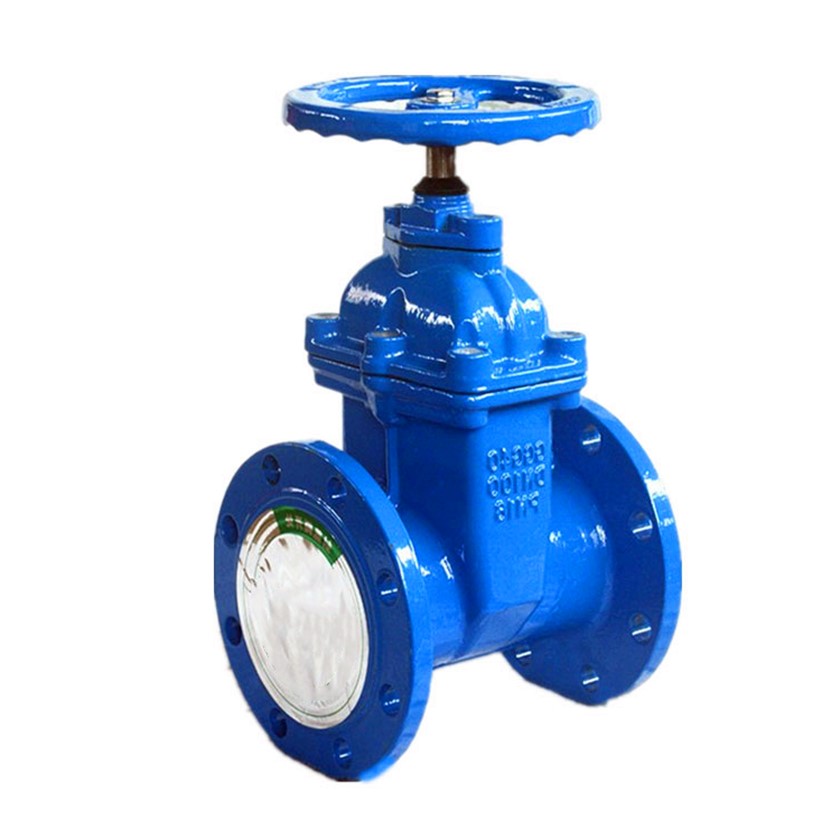crane lift check valve
Understanding the Crane Lift Check Valve Essential for Safe Lifting Operations
In the realm of heavy equipment and lifting operations, safety and efficiency are paramount. One vital component that plays a critical role in ensuring these parameters are met is the crane lift check valve. This mechanical device safeguards against potential hazards by preventing backflow in hydraulic systems, thus maintaining the integrity of the lifting process.
What is a Crane Lift Check Valve?
A crane lift check valve is a one-way valve specifically designed for hydraulic systems in cranes. It allows the flow of hydraulic fluid in one direction while preventing it from reversing. This is essential in crane operations where controlled lifting and lowering of heavy loads is necessary. The check valve ensures that once the fluid is directed to lift a load, it cannot flow back, allowing for stable and secure operation.
The Importance of Check Valves in Crane Operations
1. Safety Assurance The primary function of a check valve is to enhance safety. In crane operations, any sudden drop of the load due to backflow could result in catastrophic accidents. A malfunctioning system can lead to severe injuries or fatalities, making check valves indispensable.
2. System Efficiency By allowing fluid to flow in only one direction, check valves minimize energy loss and enhance the overall efficiency of the hydraulic system. This efficiency translates to lower operational costs and increased productivity, making cranes more effective in lifting operations.
3. Load Stability Crane lift check valves provide stability during lifting operations. They ensure that once a load is lifted, it remains in that position without risk of descent, significantly reducing the risk of accidents caused by unexpected drops.
crane lift check valve

4. Protection against Surge Hydraulic systems can experience sudden surges or pressure spikes. A check valve can help cushion these impacts by controlling the fluid flow, thereby protecting the crane and its components from damage.
Types of Check Valves
There are several types of check valves used in crane lift systems, including
- Ball Check Valve Utilizes a ball that moves to allow or block flow. This type is simple and effective for many applications. - Swing Check Valve Employs a swinging disc that opens when fluid flows in the designated direction. It is frequently used in high-capacity operations. - Spring Check Valve Features a spring mechanism to maintain a specific flow direction while allowing for rapid response to pressure changes.
Maintenance and Inspection
Regular maintenance and inspection of crane lift check valves are crucial for operational safety. Operators must routinely check for signs of wear, leaks, or malfunctioning parts. A well-maintained check valve can significantly extend the life of a crane's hydraulic system and ensure safe lifting operations.
Conclusion
Crane lift check valves may seem like small parts in the grand scheme of a crane’s intricate operation; however, their role is critical. By ensuring the safe and efficient operation of hydraulic systems, these valves contribute to the overall safety and reliability of lifting operations. In an industry where every second counts and safety is non-negotiable, understanding and maintaining these critical components can significantly mitigate risks and enhance operational efficiency. Investing in quality check valves and prioritizing regular maintenance is not just good practice—it's an essential component of responsible crane operation.
-
The Key to Fluid Control: Exploring the Advantages of Ball Valves in Industrial SystemsNewsJul.09,2025
-
The Versatile World of 1, 2, and 3 Piece Ball ValvesNewsJul.09,2025
-
Stainless Steel Ball Valves: The Ideal Choice for Efficient Flow ControlNewsJul.09,2025
-
Optimizing Fluid Control with Ball Float ValvesNewsJul.09,2025
-
Manual Gate Valves: Essential for Control and EfficiencyNewsJul.09,2025
-
Everything You Need to Know About Butterfly ValvesNewsJul.09,2025
-
The Versatility of Wafer Type Butterfly ValvesNewsJul.08,2025




